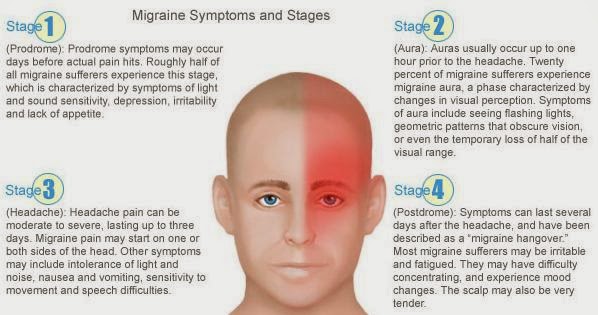
While everyone needs a different course of treatment based on their condition and findings, there are several things we can all do to reduce the prevalence and severity of headaches
- Massage. We all seem to know that massaging our temples when we have a headache gives us temporary relief. Keep it up. Don’t forget about the muscles under the back of the skull, those along the sides of the neck (the upper trapezius), the face (masseter), or the front and sides of the neck (sternocleidomastoid).
- Relax your jaw. Proper rest position for the jaw will relieve stress on the chewing muscles, which are often a source of headache pain. Start by placing the tip of your tongue against the back of your top front teeth, allowing your lower jaw to hang in a relaxed position. You should be able to gently rock your jaw from side to side to indicate you aren’t clenching.
- Posture: Sitting posture needs to be relaxed, but “stacked”. If you are holding your posture tightly you won’t be able to relax the appropriate muscles, RELAX your shoulders. Try and rest your feet on the floor without crossing your ankles and distribute your body weight equally on both hips. Taking a short break every hour is helpful.
- Reduce Stress. Stress headaches can result from breathing from your upper rib cage. Breathing into your lower abdomen, or your diaphragm, will lower your breathing rate, relax your neck, and assist in lessening your headaches (diaphragmatic breathing). Meditation, yoga or any other form of exercise are also great strategies to help reduce stress.
- Chin Tuck. The suboccipitals, muscles below the back of your skull, can be a source of headaches. A forward head posture may result in shortening of these muscles, generating pain impulses. Tucking in your chin and nodding often throughout the day to gently lengthen the suboccipital muscles will restore mobility.
- Stay Hydrated. The National Academies of Sciences, Engineering, and Medicine determined that an adequate daily fluid intake is about 15.5 cups (3.7 liters) of fluids for men and about 11.5 cups (2.7 liters) of fluids a day for women
- Strengthen your neck muscles. According to a recent research report out of the JOSPT by Florencia et al women with migraines demonstrated decreased neck flexor and extensor endurance compared to women without migraines possibly demonstrating a correlation between weakness to the neck musculature and migraines.
Follow up with your physician or physical therapist if you are experiencing some of these symptoms. We can help!
